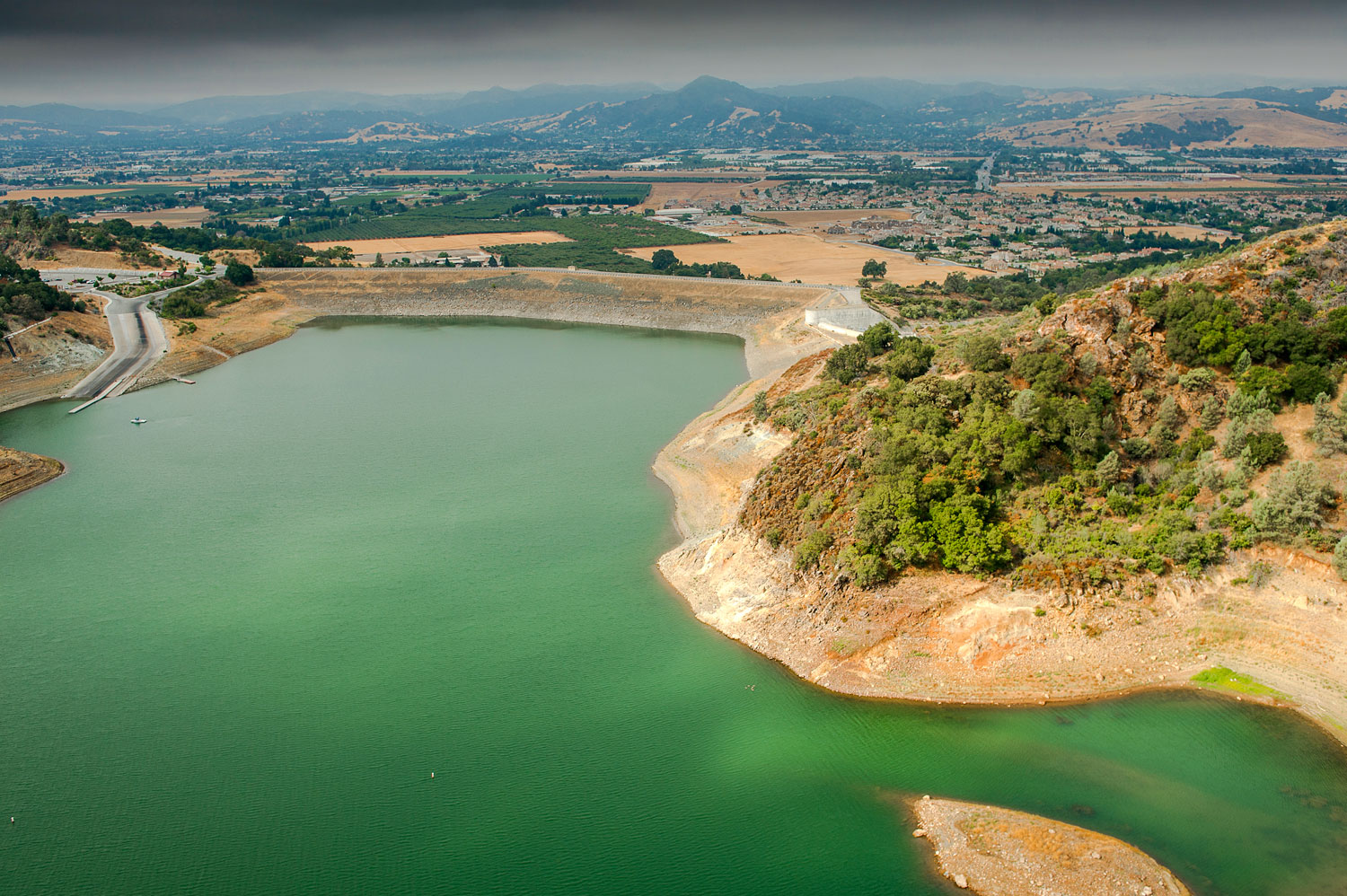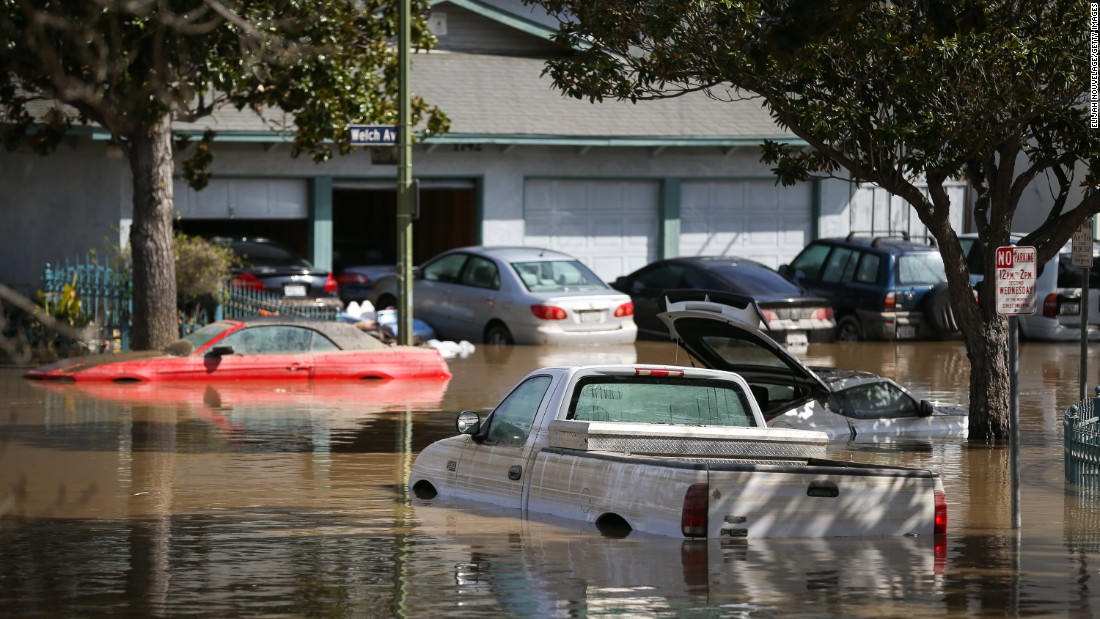By David Jacobson, Temblor
Check your seismic hazard rank

Last night, at a community meeting in Morgan Hill, south of San Jose, residents of the region were updated on the project to replace the Anderson Dam. The meeting sparked anger on the part of residents, for they feel that the Santa Clara Valley Water District has not acted properly. Larry Davis, a San Jose resident, told district officials, “you people have no emergency plans, no foresight, and I think you’d better get on it.”
The Anderson Dam, which is the largest in Santa Clara County, is the subject of a replacement project that began in 2007 after a seismic stability evaluation found that the dam was at risk in the event of an earthquake. The dam sits next to the Calaveras Fault, which according to the USGS has a 26% chance of rupturing in a large earthquake by 2043. Additionally, the Coyote Creek Fault runs right underneath the dam.
Because of the fact that the dam likely wouldn’t survive a large earthquake, the reservoir is not supposed to be at more than 68% capacity. However, because of the intense rainfall California has seen over the last several months, the dam spilled over last month for the 11th time since its construction in 1950. The overtopping of the dam resulted in some of the worst flooding San Jose has seen in decades. Because of this, residents are worried about what could happen if the dam catastrophically failed in an earthquake.

Last month we wrote a blog on the seismic concerns at Anderson Dam, where we highlighted the replacement project, which states that construction should begin in 2020, last four years, and have a cost of $400 million (Up from the initially projected $200 million). This timetable and cost has come under scrutiny from residents, who also questioned the district’s lack of initiative to install additional outlet pipes to control the reservoir’s level. The current dam only has one outlet pipe, which can release 425 cubic feet of water every second. The new dam is scheduled to have two outlets pipes, which will be able to expel 5,000 cubic feet of water per second. This will hopefully allow the district to easily drain the reservoir when needed, and prevent overtopping. Additionally, the new dam will be designed to withstand large earthquakes. In response to some of the public’s criticism, Katherine Oven, a deputy operating officer said that while the current dam only took 9 months to build at a cost of $3 million in 1950, back then there were fewer regulations, and less was known about seismic impacts. Furthermore, Hemang Desai, who overseas dam safety, said that the district is working as quickly as possible.
If the current dam were to fail in an earthquake, millions of people would be at risk. The city of San Jose is below the dam, as are several other smaller towns. The map below shows the dam failure inundation zone north of the dam. This map shows what would happen in a worst case scenario. Large areas to the south of the dam would also see significant flooding.

This map shows the scale of what could happen in the event of dam failure. Significant infrastructure would be damaged, thousands of people would be displaced, and homes would be destroyed. Therefore, because of the dam’s proximity to the Calaveras Fault, there is a need to replace it with one that could withstand significant shaking. The public’s safety is at risk, meaning getting construction underway is of the utmost importance.
References
The Mercury News
Santa Clara Valley Water District
- Beware quiet segments of the Philippine Fault - May 16, 2025
-
ډیری عوامل افغاني ټولنې د زلزلې پر وړاندې زیانمنوي
- August 11, 2022 - What’s happening this week in Humboldt County, California: The squeeze - February 6, 2019
